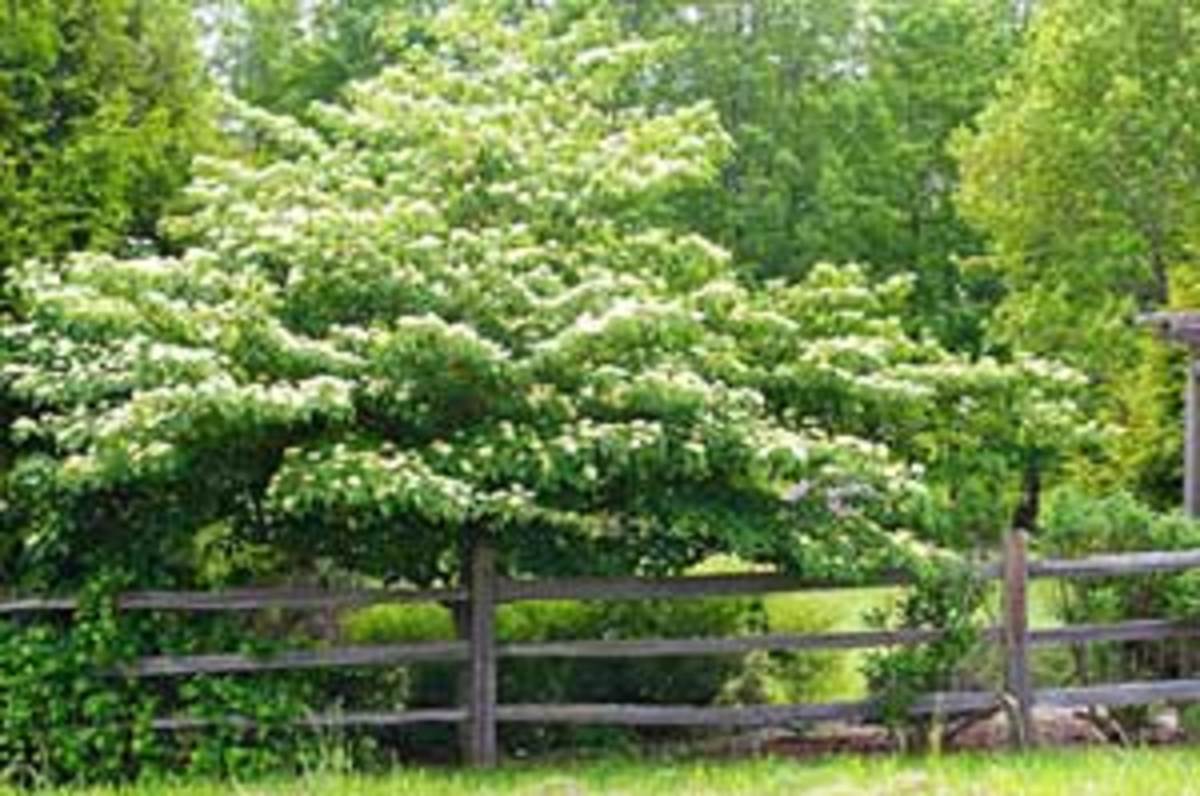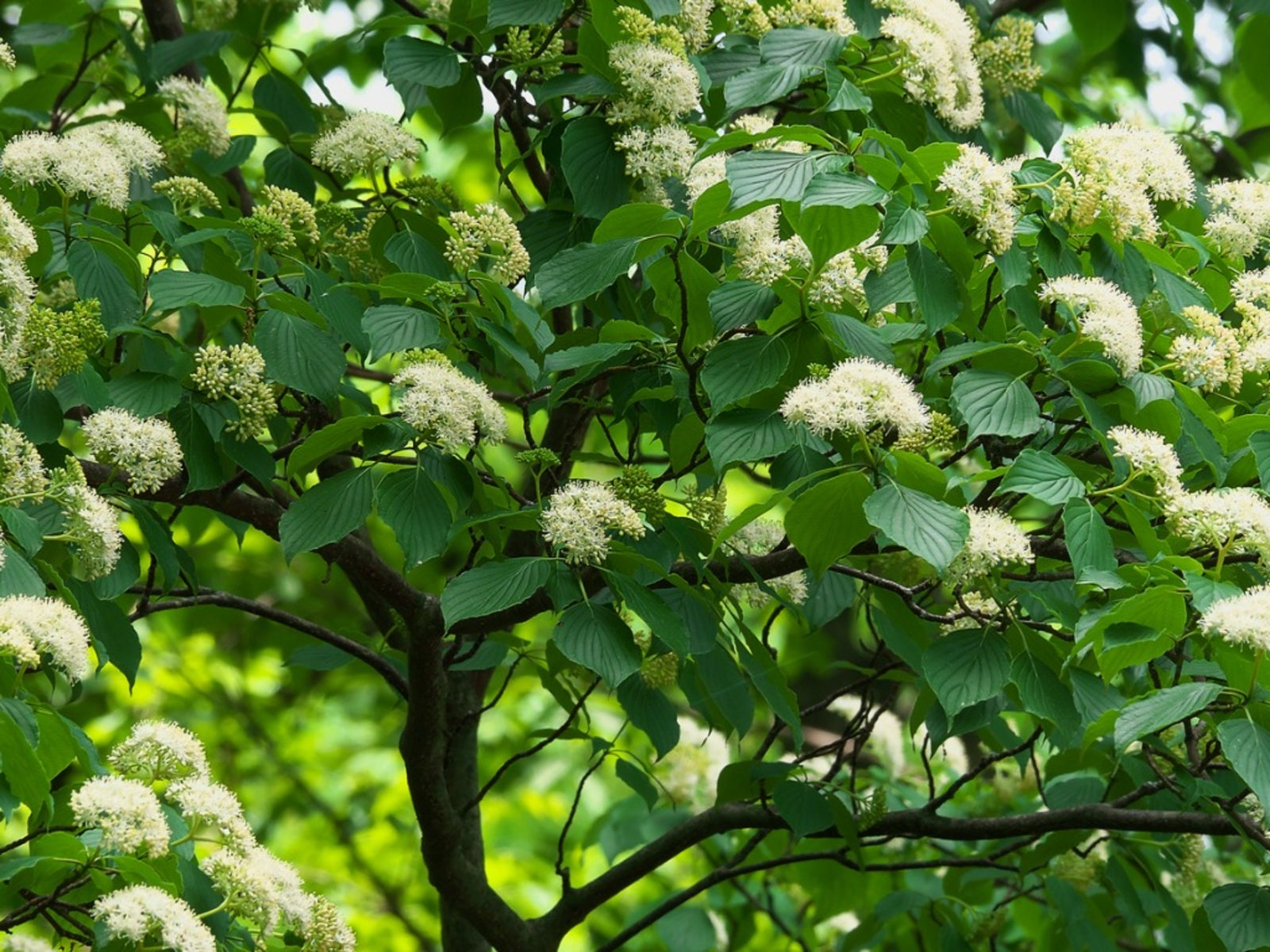Absolutely! Here’s a 3000-word article about Pagoda Dogwood (Cornus alternifolia), with list items converted to headings:
The Pagoda Dogwood, scientifically known as Cornus alternifolia, is a captivating deciduous shrub or small tree that adds a touch of elegance and natural charm to any landscape. Its distinctive tiered branching pattern, reminiscent of a pagoda, makes it a standout specimen, while its adaptability to shade and its wildlife-friendly features make it a valuable addition to gardens of various styles.
:max_bytes(150000):strip_icc()/golden-shadows-pagoda-dogwood-2132847-hero-96c311b6e1434cc7891a7a828dd2df87.jpg)
The Pagoda Dogwood is easily recognizable by its unique horizontal branching pattern. Unlike other dogwoods with opposite leaf arrangements, Cornus alternifolia displays alternate leaves, hence its scientific name. This characteristic, combined with the tiered branching, creates a layered, pagoda-like silhouette that adds architectural interest to the landscape.

Typically grows as a multi-stemmed shrub or small tree, reaching heights of 15 to 25 feet, with a similar spread.
The leaves are oval to elliptical, 2 to 4 inches long, and arranged alternately along the stems.
In late spring or early summer, the Pagoda Dogwood produces clusters of small, creamy-white flowers.
Following the flowering period, the Pagoda Dogwood develops small, bluish-black drupes (berries).

The bark is smooth and grayish-brown, becoming slightly fissured with age.
The Pagoda Dogwood is a relatively low-maintenance plant, making it an excellent choice for both novice and experienced gardeners. However, providing the right growing conditions will ensure its health and vigor.
Prefers partial to full shade, but can tolerate some sun, especially in cooler climates.
Requires consistent moisture, especially during the first few years after planting.
Generally requires minimal pruning.
Typically does not require heavy fertilization.
Relatively resistant to pests and diseases.
The Pagoda Dogwood’s unique form and adaptability make it a versatile plant for various landscape applications.
Its natural habitat makes it an ideal choice for woodland gardens, where it can blend seamlessly with other shade-loving plants.
Perfect for adding vertical interest and structure to shady areas where other flowering trees may struggle.
Its native status makes it an excellent choice for naturalized areas and wildlife gardens.
Its distinctive form makes it a stunning specimen plant, especially when planted in a location where its branching pattern can be fully appreciated.
Ideal for planting beneath taller trees, where it can thrive in the dappled shade.
It can be used as a foundation planting, but ensure that there is enough room for it to mature. Avoid planting too close to the house.
The Pagoda Dogwood plays a vital role in supporting local ecosystems.
The berries provide a valuable food source for birds, including robins, cardinals, and woodpeckers.
The fragrant flowers attract pollinators like bees and butterflies, contributing to the health of local ecosystems.
Its root system helps to stabilize soil and prevent erosion, particularly in woodland settings and along stream banks.
Pagoda Dogwood can be propagated through several methods:
Seeds require stratification (exposure to cold temperatures) before germination.
Take softwood cuttings in late spring or early summer.
Take hardwood cuttings in the dormant season.
While the straight species is widely cultivated, there are a few notable varieties and cultivars:
Features variegated leaves with golden-yellow margins.
This variety has white or cream colored margins on its leaves.
The Pagoda Dogwood is a truly remarkable plant that offers a unique combination of beauty, adaptability, and ecological benefits. Its distinctive tiered branching pattern, delicate flowers, and vibrant berries make it a standout addition to any landscape. Whether you’re creating a woodland garden, a shade garden, or simply looking to add a touch of natural elegance to your yard, the Pagoda Dogwood is an excellent choice. Its low-maintenance requirements and wildlife-friendly features make it a valuable and rewarding plant to grow.
:max_bytes(150000):strip_icc()/golden-shadows-pagoda-dogwood-2132847-hero-96c311b6e1434cc7891a7a828dd2df87.jpg?ssl=1)
:max_bytes(150000):strip_icc()/gerber-daises-4121360-hero-bfd1a98e8bb44c45891b84d9df63b5ac.jpeg?resize=200,135&ssl=1)

